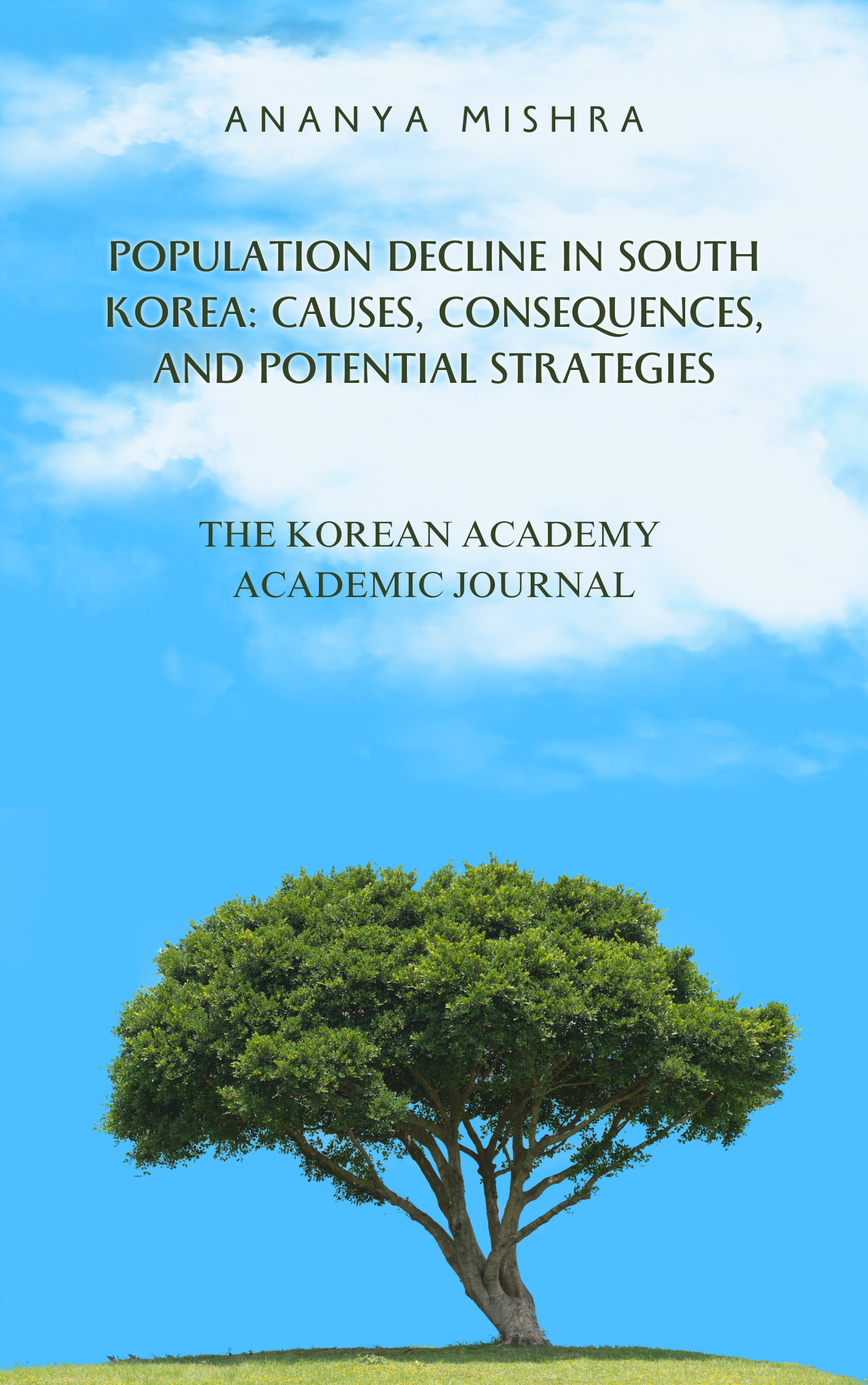
Research - Population Decline in South Korea: Causes, Consequences, and Potential Strategies
I. Introduction A. Background and significance of the population decrement in South Korea B. Purpose and objectives of the paper
II. Population Decline in South Korea: Causes and Factors A. Changing societal norms and family structures B. Economic and financial challenges C. Work-life imbalance D. Gender inequality and role of women E. Urbanization and regional disparities F. Social pressure and stigma G. Emigration and low immigration rates
III. Consequences of Population Decline A. Labor market challenges B. Strain on social welfare systems C. Economic implications
IV. Potential Strategies to Address Population Decline A. Pro-natal policies and incentives B. Immigration reforms C. Technological innovations and productivity enhancements D. Regional development efforts
V. Case Studies and Policy Examples A. Examination of successful strategies implemented in other countries B. Lessons learned and applicability to South Korea
VI. Discussion A. Analysis and synthesis of the findings B. Evaluation of the potential effectiveness of proposed strategies C. Identification of challenges and limitations
VII. Conclusion A. Summary of key findings and insights B. Call to action for policymakers, researchers, and stakeholders
VIII. Appendix (optional) A. Demographic data and statistical analysis B. Case studies and policy examples
IX. References